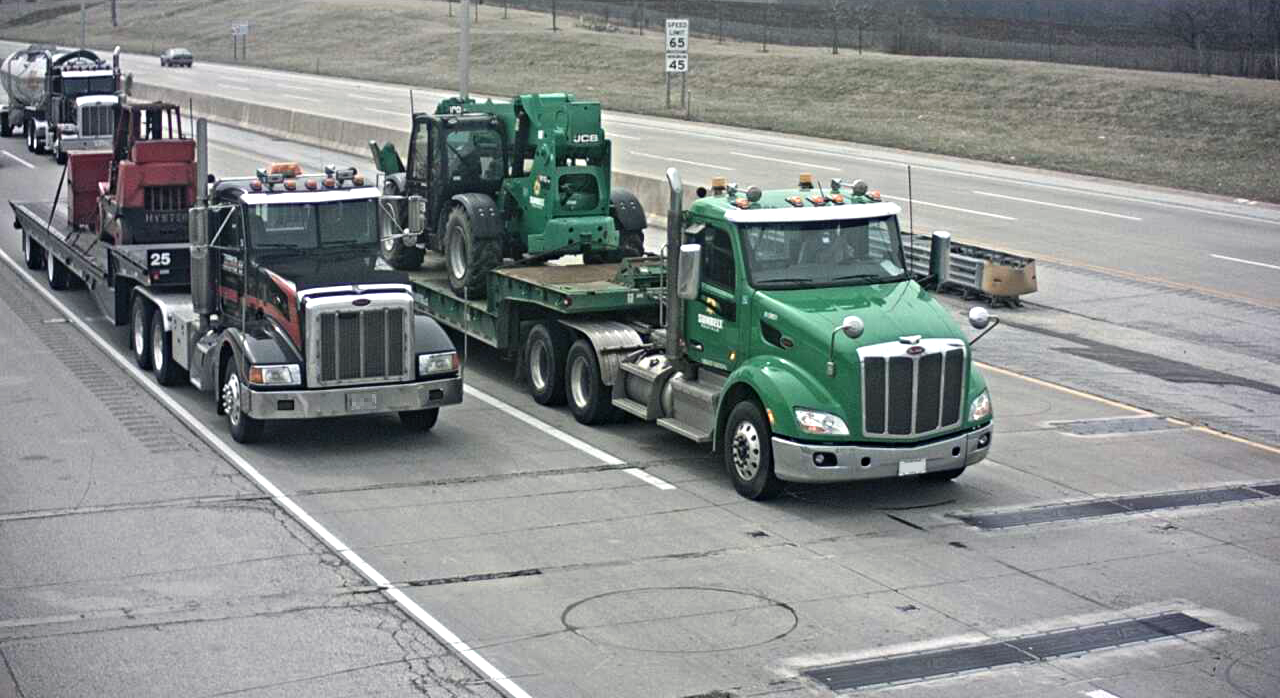Weigh-In-Motion (WIM) gives us the most accurate ongoing picture of traffic profiles, pavement wear and other potential safety compromises. The outstanding return on investment it represents is even more apparent once the realities of road usage and its direct effects on pavement and infrastructure life are properly understood.
Pre-build traffic studies don’t tell the whole story
How long a pavement surface or a structure such as a bridge or an overpass can be expected to last in service is based on the numbers, types, and weights of vehicles that are projected to use them. But the realities can be far different from the predictions — even when comprehensive traffic surveys have been carried out prior to materials and construction downselect.
A traffic survey only provides an accurate picture of the situation up to the point that civil engineering work actually starts.
Traffic patterns (and weights) change over an asset’s lifetime
Any number of factors can come into play, especially over the life of an infrastructure asset which has existed or is intended to last for several decades — general economic growth; new housing or industrial developments which weren’t on the agenda at the time of route construction; the building of new feeder or other routes nearby; the implementation of new vehicular restrictions or traffic enforcement regimes which ‘encourage’ drivers to change their routes and journeys.

A Virtual Weigh Station on a Thruway Monitors Commercial Vehicle Weights
Whatever the causes, we continue to see steady increases in the total number of vehicle miles traveled. This is despite the use of technology designed to increase efficiency and throughput, or the shorter-term impacts of recession, extreme weather, or pandemic.
And, as well as more miles being driven, vehicles of all types are getting heavier.
All of this has a direct bearing on pavement and structural life.
WIM data indicates when preventive maintenance is needed
Infrastructure’s fitness for purpose and its performance in terms of safety is affected by maintenance and upkeep. Degradation is accelerated by prolonged hard use, especially if it is significantly outside design parameters. The issue is that remediation is significantly more expensive once the condition goes beyond a certain point.
If we get the sums wrong, it costs more. But the biggest risk is catastrophic failure leading to loss of life. An accurate through-life picture of usage is essential.
This is where WIM comes in. It enables preventative maintenance. It helps to detect and arrest accelerated decline. It also provides the ability to make informed decisions as to where it may be possible to delay spending on infrastructure upkeep without compromising performance or safety.
An investment in WIM pays off
Technology should have one main aim — to help make life better — and an up-front investment in the right technology saves money.
WIM isn’t a cost, it’s a cost-saving and, as budgets get tighter and funding needs to be stretched further, it’s an essential, not a luxury.



